10 Travelers Who Took “Breaking the Rules” Way Too Far

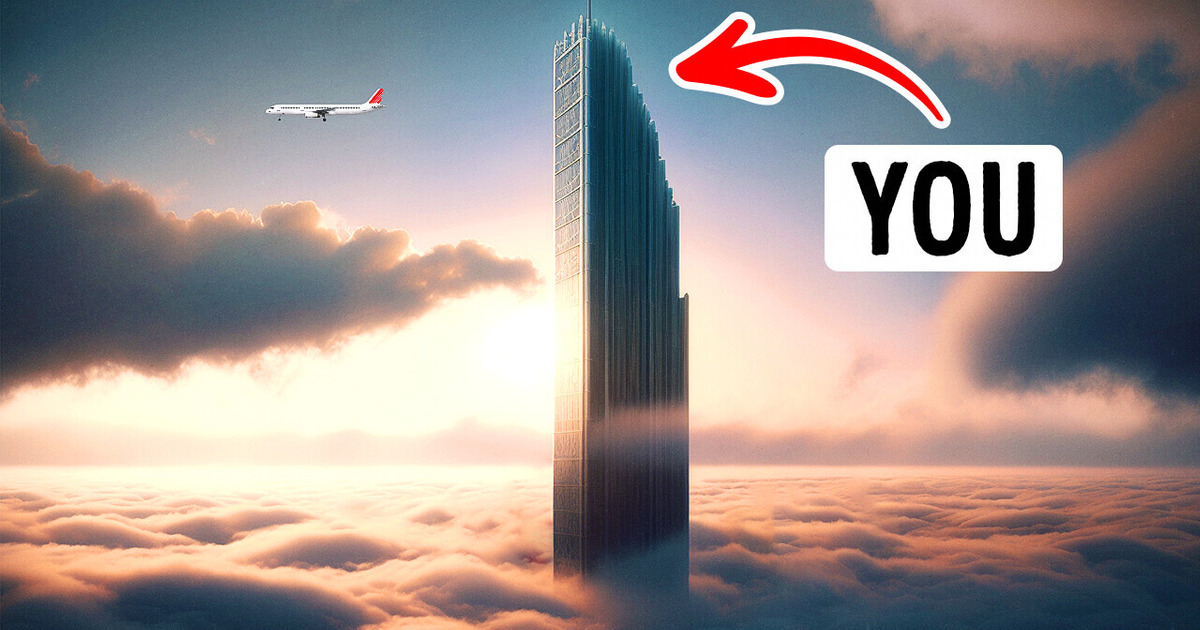
You’re having breakfast at home and wave at the passengers of a plane passing by your house. Ah, another one. You live on the 739th floor of X-Seed 4000. It’s an entire city contained in one massive skyscraper. It sounds unrealistic right now, but one day it may become a reality. Let’s see what we’d need to make it happen. But first, let’s browse through the list of once tallest constructions on the planet. The Great Pyramid of Giza, originally standing at 481 ft, used to be the tallest structure ever built by humans for over 3,800 years. The Lincoln Cathedral took this title away from the Great Pyramid only in 1311, winning by just one foot [482 ft].
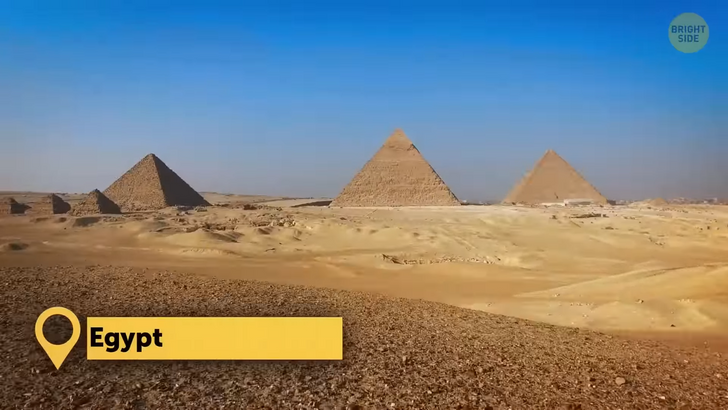
Then, the Washington Monument became the new champion [555 ft]. As people were starting to use steel more and more, the Eiffel Tower became the tallest construction in the world [1,024 ft]. Then followed the Empire State Building [1,250 ft]. It didn’t keep the title for long, with more and more skyscrapers built across the world. Let’s fast forward from here to the current record holder, the Burj Khalifa [2,722 ft]. It has 163 floors and stands twice as tall as the Empire State Building and around 3 times taller than the Eiffel Tower. On a clear day, you can see it from a distance of 60 miles. It takes a whole 1 minute in a high-speed elevator to get from the ground floor to level 124 where one of the observation decks is located. It took 6 years to finish this beauty which became one of the symbols of Dubai. Speaking of its location, if you’ve ever tried building something in the sand, you know how hard it is to make the construction stable.
The engineers had to drill 192 holes under the 110,000-ton concrete foundation of this massive construction. They also brought millions of tons of sand from Australia. Yes, they brought extra sand to the desert because the local sand gets doughy, almost like snow, in endless dust storms. The Australian sand is less smooth and has turned into a perfect base for the building.
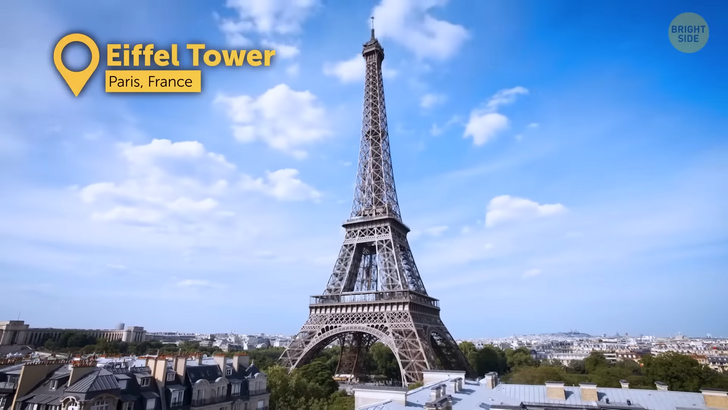
Thanks to the friction between concrete and soil, these piles don’t move at all, and the foundation remains solid. The same architect [Adrian Smith] designed another building that is supposed to become the new record holder. The Jeddah Tower in Saudi Arabia is supposed to be almost 600 feet taller than Burj Khalifa. Once finished, the construction made of 80,000 tons of steel will host the world’s highest observatory.
Jeddah Tower will have 59 elevators, and some of them will be double-decker ones. The bottom third of the skyscraper is supposed to be office spaces, the next levels will host a luxury hotel, and the remaining 167 floors will be reserved for apartments. The narrowing silhouette of the building is supposed to help it withstand winds and gravity. The base will definitely be extra wide to make the entire construction stable. Only one-third of the building has been finished so far, and construction has been frozen for an unknown period of time. The reasons for this decision don’t have to do with geology or climate. Humans have learned to deal with all kinds of soils and conditions. For example, if we want to build our future skyscraper in a seismically active zone, we’d need to make it flexible.
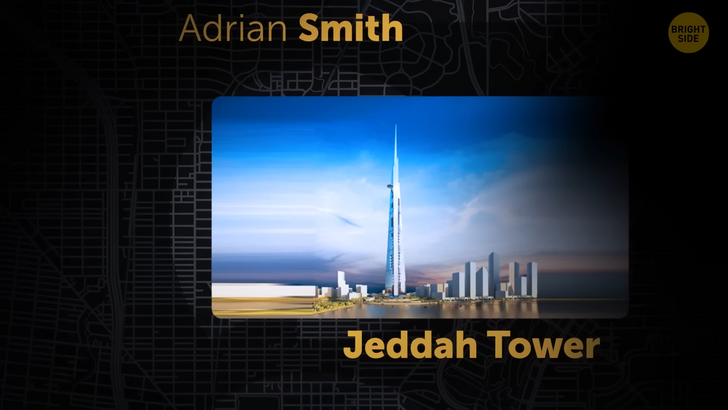
Piles can hold the weight of the building, but the concrete pad would stand on huge springs. During an earthquake, the ground will shake and move from side to side. But the springs will dampen and compensate for the movement. So the building will stay in place. The wind is another problem for skyscrapers. The taller the building, the more the winds affect it. That’s why most skyscrapers are built to be able to sway in the wind or have holes to allow the wind to pass through instead of crashing against the building’s surface. So, in theory, if you have the right materials and enough funding, you can go as tall as you want. All you have to do is expand the base to make your construction stable. Because our planet is spherical in shape, you’d have to stop at some point, but even a base of that size would be enough to hold a skyscraper higher than Mount Everest itself!
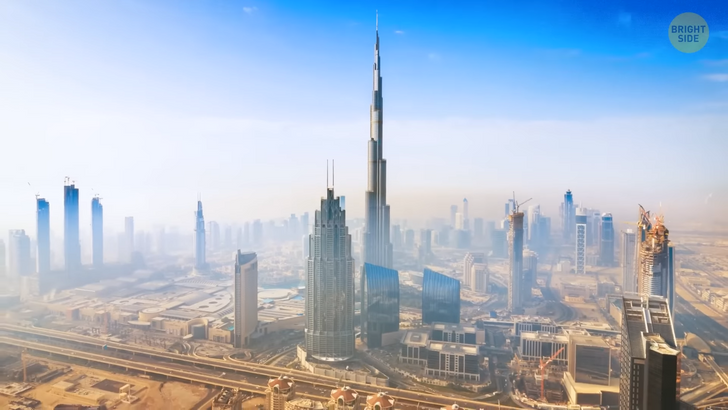
X-Seed 4000 building would stop halfway in that race, at the height of 45% of the world’s tallest peak [13,123 ft]. Mt. Fuji became the inspiration for this design that might actually be built in the Tokyo harbor. It will be a self-contained city in one building, powered mostly by solar energy. This city can become home to up to one million people! And these people might not have to leave their huge home as there will also be offices inside. Engineers will need to work out several issues to make the whole project possible. Since the building will have 800 floors, there will be a huge difference in air pressure between the top and the bottom levels. They’ll need to figure out a way to level it out so residents feel comfortable and healthy.
Then, just imagine the number of power cables to enable the work of all gadgets and mechanisms. They plan to replace those with renewable energy generators. The base of the building will have to be about 4 miles in diameter to support its huge weight. It’s the same size as the bottom of some mighty mountain. The opening on the top will let some air and natural light flow inside and lighten the load on the foundations. X-Seed 4000 currently holds the title of the largest building that has ever been fully designed but is not on the list of building to be completed in the near future.
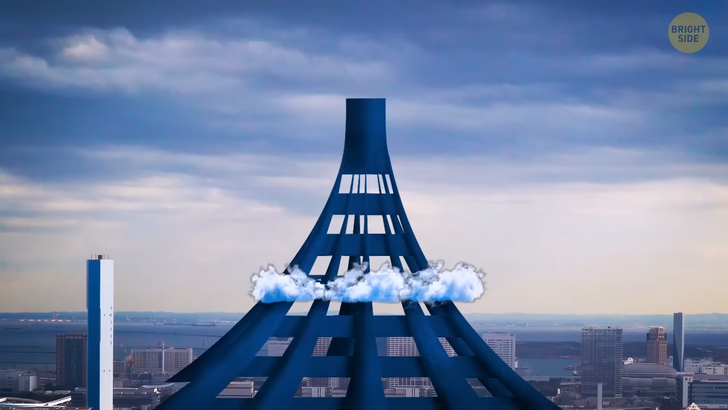
Engineers don’t rule out that with new materials and design innovations, it may be technically possible, but it would cost a lot of money. Another ambitious project that is so far just a concept is a 12.4-mile skyscraper. That’s 24 Burj Khalifas put on top of each other. Science fiction author Neal Stephenson who developed the project, suggested using this skyscraper as a lift-off ground for rockets.
The author studied Physics before taking up science fiction, so the project could be realistic with the right high-grade steel. Stephenson claimed it would be the cheapest way to launch rockets into space. The engineers would also have to take care of the winds that get pretty intense at a height like this. Speaking of space travel, we might not even need rockets to go up there in the not-too-distant future. The space elevator could take humans up to an altitude of 22,000 miles from the Earth’s surface. The idea is actually nearly 150 years old. Both NASA and researchers from different countries agree we’re now pretty close to its realization. Some construction companies claim they can build it by 2045.
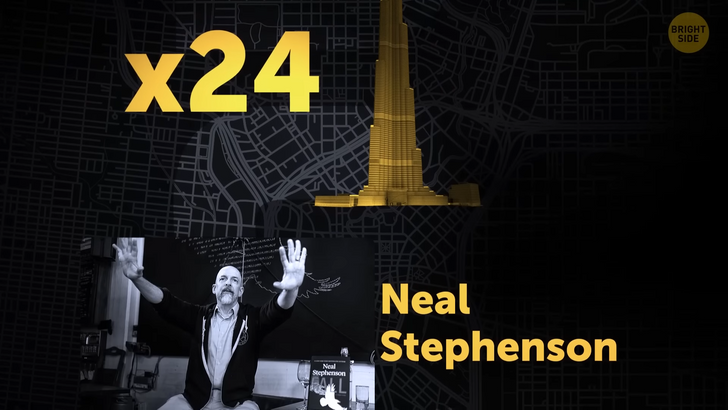
The first big step towards that goal is to test how an elevator would act in space. It will be a unique experiment, and a mini elevator used in it will be a prototype of the future grand project. Scientists are trying to find the right material to replace the regular cable. It would need to extend for tens of thousands of miles and would be too heavy for the future construction. It looks like an ultra-strong material known as graphene could do the job.
Testing and building the elevator fit for space and a cable strong enough to hold it is one side of the story. Another problem is space debris — those pieces of rockets and spacecraft orbiting the Earth that could damage the construction if they run into it. But since many bright minds are working to solve this problem, we can be optimistic about it and expect the first launch several years from now. It will open up a whole new era of space exploration as going up there will become a matter of pushing just one button. Woo-hoo!











